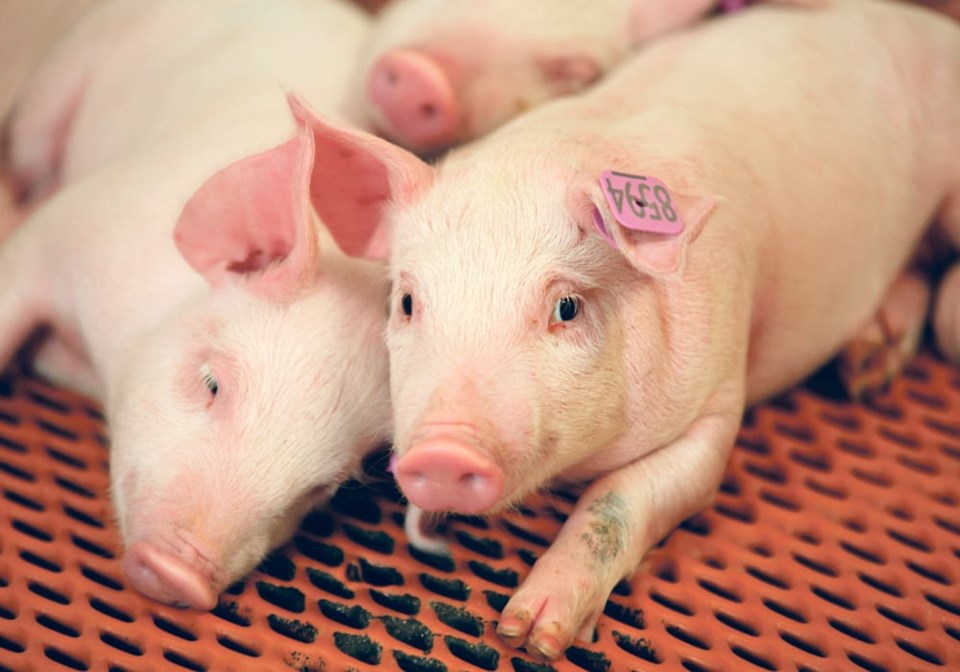PORTAGE LA PRAIRIE, Man. — Whenever African swine fever hits North America’s hog farmers, it will shock and shake everybody in the pork industry.
How the crisis would unfold is hard to predict, but the broad outlines of response can be seen by the preliminary preparations made by farmers, industry and government.
“Immediately upon first confirmation, for the entire country the borders would shut,” Mark Fynn, Manitoba Pork’s manager of humane treatment, said at the organization’s Portage la Prairie regional meeting.
That would have a massive impact for the Canadian hog industry because most national production and the vast majority of Manitoba production are exported.
That would cut off export markets, but hog flow would also screech to a halt in most parts of Canada while officials scrambled to quarantine and isolate any infection.
The immediate goal would be to stop an infection spreading from its source. After that, the concern swings to establishing a zone — likely a 10-kilometre area around any infected facility, in which an infection is isolated and any future infections are contained. Once a zone is in place, hog movement outside the zone would get easier.
The timing for that isn’t clear, said Jenelle Hamblin, Manitoba Pork’s director of swine health, because it depends where the outbreak occurs. An outbreak on a naturally isolated location, such as Prince Edward Island, would be easier to quarantine and establish a restricted zone.
An outbreak in southeastern Manitoba, where there are many barns, would be more challenging.
“The time it’s going to take to do all the surveillance testing in that area and any epidemiologically linked premises will take a lot of time,” said Hamblin.
Zones are provided for in agreements Canada has with the United States and some other crucial trading partners. They are only brought into being after an outbreak occurs.
“Compartments” are a different matter. Those are voluntarily established production-chain situations in which production facilities from barns through processors prove they are following the same biosecurity regime and have the traceability to prove it.
Unlike zones, compartments aren’t established after an outbreak.
“They need to be done now,” said Cam Dahl, Manitoba Pork’s general manager.
Farms and their production partners can establish what they think is a compartment, then put that forward for approval. The Canadian Food Inspection Agency just established the rules and regulations, so it is now in the hands of farmers and industry to get their compartmentalizing done. Once an outbreak happens, it will be too late.
None of these measures will offer an easy solution to the problems created by any ASF outbreak. The concept of zones has been accepted by some trading partners, with Canada agreeing to respect those partners’ zones, but that’s just the rules governments have agreed to follow.
Commercial buyers and sellers of pork might have different concerns, responses and rules, Fynn said.
SASKTODAY.ca is Saskatchewan's home page. Bookmark us at this link.

